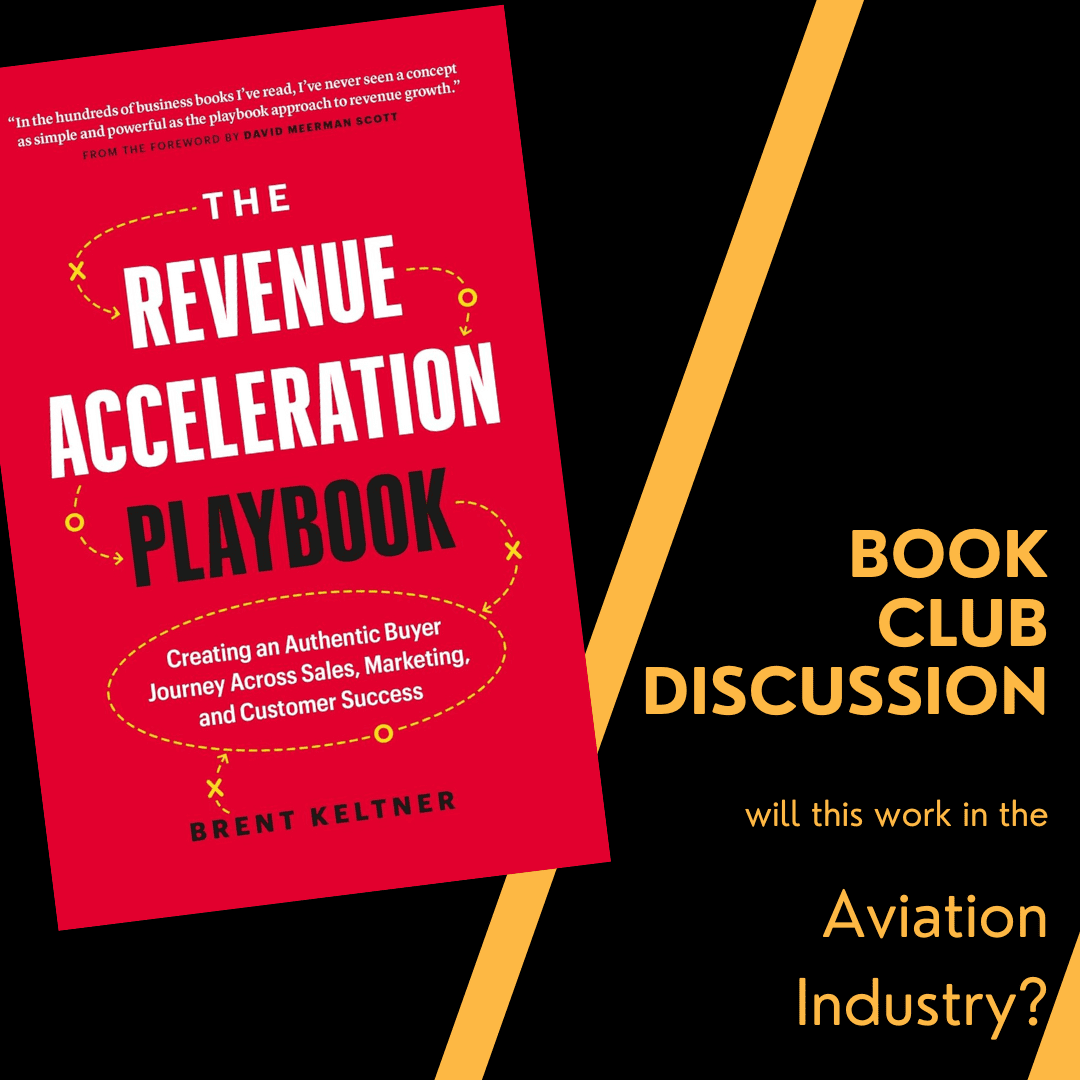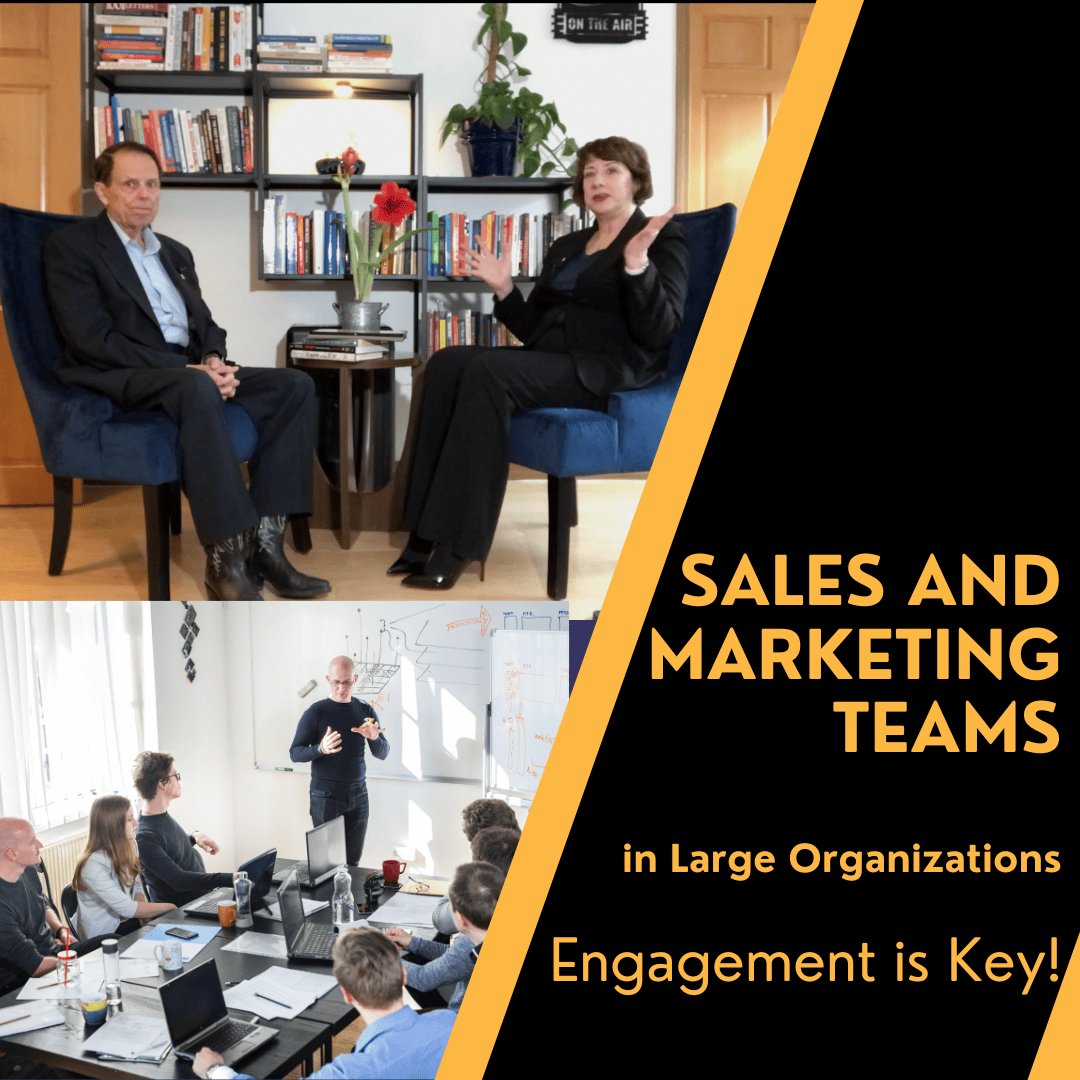 If you’ve ever taken any rescue swimming or lifeguard courses, you’ve learned that it’s useless to try to help someone who is drowning, until the swimmer has worked himself into exhaustion and actually even gives up. In sales, this is known as “perceived need” – not actual need, but perceived need on the part of the person who is drowning!
If you’ve ever taken any rescue swimming or lifeguard courses, you’ve learned that it’s useless to try to help someone who is drowning, until the swimmer has worked himself into exhaustion and actually even gives up. In sales, this is known as “perceived need” – not actual need, but perceived need on the part of the person who is drowning!
If a lifeguard tries to intervene before that point, he’s likely to exhaust himself uselessly. He’s just as likely to get walloped over the head by the frantic, panicky drowning swimmer – and then both rescuer and rescuee end up injured, fatigued, and in trouble!
I’ve told this story to a lot of aviation professionals – tax, insurance, legal, operations and other types of consultants who KNOW they can help a particular prospective client if they would just contract with our hero, the knowledgeable consultant. Invariably, that client resists any attempt to help, offer guidance, or especially to create some kind of contract or relationship to their mutual benefit. The objections are obvious and even laughable if they weren’t so frustrating and sad.
“I’m sorry, but I’m too busy drowning to let you help me right now.”
I’m in the same boat as a marketing consultant. Many professionals realize that their current marketing program isn’t getting the results they need, but they won’t reach out or let me help them until they reach a crisis of some kind and change becomes unavoidable.
How do you deal with this?
You do what rescue swimmers are trained to do – be there when they give up.
You swim out to the drowning victim, you tread water nearby, conserving your energy but gradually making yourself known to the drowning victim. Eventually, he’ll come to a point where exhaustion takes over, denial is no longer in control, he realizes that his flailing, panic and paranoia are not serving him, and he’s willing and able to look at other options. THEN, and only then, can you safely offer assistance.
So, what does perceived need mean in aviation marketing?
I advise my clients to do the same thing – when you identify a potential client, someone that you KNOW you could help, you stay nearby. You add them to your follow up list. You make your presence known. You let them know you’re there for them with a consistent, low-key stream of emails, blog posts, postcards, newsletters and other reminders, but you don’t exhaust yourself or your resources trying overpower his defenses. Let him be resistant. (Of course, if he unsubscribes from your list, you’ll have to drop him and leave him to his own devices.) But sooner or later, he’ll likely come to a point where you’re in the right place at the right time to offer your assistance.
It’s human nature to be suspicious of people you don’t know well. It’s also human nature to go through a stage of struggle and denial when one is in trouble, so don’t take it personally when prospective clients don’t welcome your suggestions or assistance.
Don’t exhaust yourself or your resources, but don’t give up.
Just be sure that your postcard is on his desk or your email is in his in-box at the moment when he realizes he needs help.
Persistence is key to sales success
Since you don’t know when the moment will happen when your prospective client comes to the conclusion he needs help, you need to make regular, consistent, cost-effective contact.
The follow-up creates a long-term, steady stream of communication with customers and leads who may not be ready to purchase immediately. Ensuring your message reaches your customer at the right time (when time, money, and opportunity come together) requires a sustained effort.
This service also keeps previous customers engaged for resales, upsells, cross selling opportunities and testimonials. .






Leave A Comment